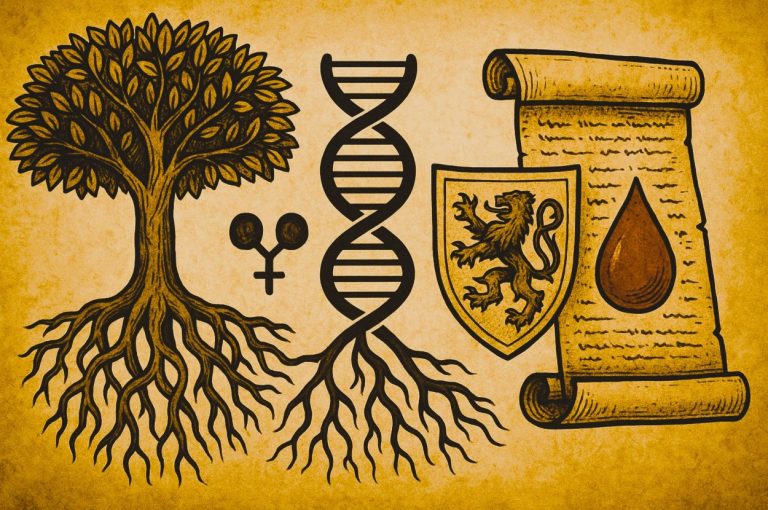

When the U.S. Supreme Court legalized same-sex marriage in 2015 with the landmark Obergefell v. Hodges decision, it marked a historic victory for equality. It now allowed LGBTQ+ couples to enjoy the same legal rights as their heterosexual counterparts, rights that extended to health care, taxes, and, yes, the right to divorce.
While the celebration of equality was well-deserved, the road to divorce for many same-sex couples has proven to be anything but straightforward.
We’ve written this article to provide all the necessary information for divorcing same-sex couples in the U.S.
Complications that Arise in LGBT Divorces
Here are some of the most common complications that LGBT couples usually face:
Residency Requirements
If you or your spouse want to file for divorce, one of you has to meet your state’s residency requirements, which usually means living there for a specific amount of time.
This can be a big headache for LGBTQ couples who got married in a state where it was legal before 2015 but now live somewhere less friendly. Before 2015, many couples traveled to states where same-sex marriage was legal to tie the knot, only to return to states that did not recognize their union.
If your current state doesn’t recognize your marriage, it may refuse to grant your divorce. Some states try to work around this by letting you divorce there if that’s where you tied the knot.
Custody Battles
The situation gets even more complicated when there are kids involved. Let’s say two women are married, and one has a child through artificial insemination. Even though the other parent has been there every step of the way by doing diaper changes, sleepless nights, and all, they might still face a fight over custody if the relationship ends.
Historically, laws about parenthood have used old-school terms like “mother” and “father,” leaving LGBTQ parents in a legal gray area. Thankfully, courts are starting to catch up, especially since Pavan v. Smith made it clear that same-sex couples have the same parental rights as anyone else.
Still, there are cases where one parent might argue that the other doesn’t count because they’re not biologically related.
Dividing Assets
And then there’s money. Dividing property and assets is a normal part of any divorce, but for LGBTQ couples, it’s far from typical. Let’s say you’ve been together for 20 years, and you’ve been sharing everything from a home to a bank account. But you only officially got married in 2015 because, well, you weren’t allowed to before that.
When it’s time to divide what you’ve built together, the law might only count the years since you married on paper. That means things like a car you bought together in 2010 or a joint savings account might not even count as shared property.
Some judges try to be fair and consider the whole relationship, not just the legal part, but it’s not guaranteed.
Alimony or Spousal Support
Usually, the longer you’re married, the more likely it is that one spouse might get financial support from the other. But again, if your relationship lasted 20 years but your marriage is only recognized as five, you might not get the support you deserve.
Some states, like California, allow judges to factor in those “pre-marriage” years, but others don’t. In such cases, you can only hope to get a sympathetic judge.
Domestic Partnerships and Civil Unions
These types of relationships were very common before same-sex marriage was legal everywhere. If you were part of one of these arrangements, you might still need to officially end it, even if you’re also getting divorced.
Conclusion
The truth is, while things have come a long way since 2015, there’s still a lot of catching up to do when it comes to LGBTQ divorces. The laws are evolving, but they’re not perfect. Every relationship is unique, and so is every divorce.


